Yamaha’s 600 Supersports – A short history
By Eirik S
One could argue that it was the Honda CB500 Four that in 1971 started the evolution that led to the current crop of 600cc machines, a class consisting of virtually pure racebikes made road legal so that you and I can ride them everywhere there is a road.
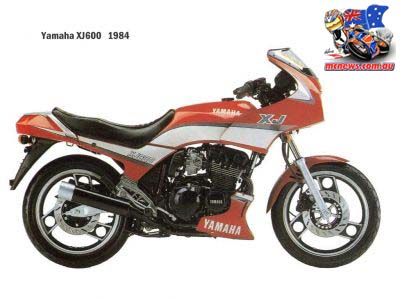
The first ‘real’ 600cc inline four sportsbike, however, was made by Yamaha for the 1984 season – the XJ600 (a.k.a. FJ600 in some markets). It looked sporty what with its half fairing and engine cowl as well as a single rear shock absorber, although the looks quickly became outdated.
Despite that, Yamaha retained it in their line-up for several years, switching the bike’s focus from pure sports to sports touring.
The engine was an air-cooled donk featuring only two valves per cylinder and based directly upon the XJ550, which again was a bored and stroked XJ400. It was both quick and fast, as well as highly reliable.
In the USA, the Yamaha 600 dominated box stock racing thanks to its motor and chassis. It was also, curiously enough, one of the earliest bikes Kevin Schwantz raced.
As delivered, it had ridiculously narrow tyres (90/90 up front and 110/80 rear, both 18 inchers), but the rims were wide enough to carry wider rubber for those going racing. In the normal world, however, the narrow wheels resulted in ultra-nimble steering.
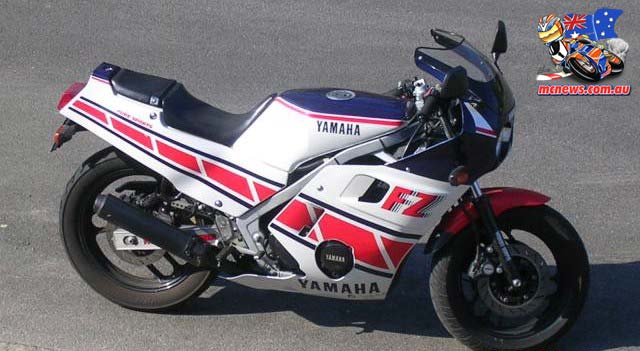
Two years later, Yamaha upstaged themselves with the FZ600. It was a bike that was steering almost too quickly for most due to its radical geometry, small size and tiny 16 inch front wheel. The chassis was basically lifted from the Japanese market 400, although the frame material went from aluminium to steel to keep cost down.
The engine actually lost four hp when fitted to the 400 chassis – the frame was simply so small that there wasn’t room for the bigger carburettors and airbox from the XJ. However, the handling, lower weight and more slippery 3/4 fairing more than made up for the reduction in power, and the bike was actually fairly competitive in box stock racing against the much more modern GPz from Kawasaki.
Although the competition hadn’t been asleep and had steadily presented constantly faster and more technically advanced models, starting with the GPz600R in 1985, it wasn’t until 1989 that Yamaha finally saw fit to introduce a new model able to win titles again on the track and impress buyers on the showroom floor alike.
Again they relied on a small 400 chassis fitted with 600cc power, and again the larger model received cheaper suspension and frame material. Another issue was a narrow 18 inch rear wheel at a time when wider 17 inchers had long been the norm, a choice that limited tyre selection.
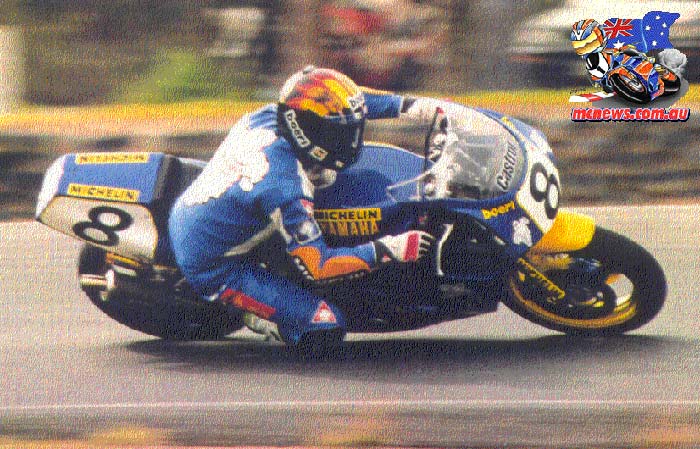
But the engine was strong, despite being built on the 400cc cases and the FZR was both quicker and faster than the competition. Looks had also caught up with the times and brought Yamaha right back up with the present.
The FZR engine was modern and technologically competitive with the other 600s – at last! Four valves per cylinder and liquid cooling were the most significant upgrades compared to the old XJ unit. As a result, the new engine made a claimed 91 hp. Compared to the competition, it was a long-stroke engine, but it paid off in the form of a wide and useful powerband without losing out on top-end power.
Apart from a few minor upgrades, the FZR remained unchanged until mid-1994 when it got an all-new shorter-stroke engine with a claimed 98 hp. A very high 12:1 compression ratio, at least for its day, was allowed due to an ultra-shallow included valve angle of 36 degrees.
The chassis was also all-new, although fairly similar to the original version in practice. It got a new name for some markets – YZF – but kept FZR for others. Comfort, previously the Achilles heel of the FZR, was greatly improved with the new version and now at least on par with the competition.
Unless you were a passenger; apart from the Suzuki GSX600F and early XJ600, hardly any 600 sportsbike had left much consideration for the pillion. Of the YZF/FZR, Don Canet of Cycle World magazine said, “It’s clear that even in stock form this bike’s performance envelope stretches beyond my wildest needs on the street.”
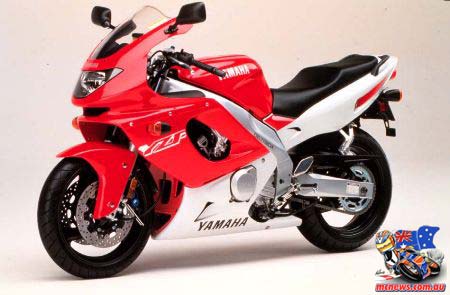
For 1996, Yamaha launched the all-new YZF600R, also known as Thunder Cat. With a claimed 105 horses, it also proved to be an excellent base for making a race-winning bike, but first and foremost it was a superb road machine.
It was roomier than the period competition, with a more upright riding position. Suspension, too soft for racing in stock form, offered excellent comfort on extended rides. The fairly large, for a sportsbike, fairing offered good protection from the elements.
Perhaps the most disappointing feature of the new creation was a hefty weight increase, a penalty brought forward by the larger wheels, stiffer frame, stouter suspension items and ram air intake.
It was the intelligent man and woman’s sport machine for people who knew they spent most of their time on the road, and not on racetracks trying to win trophies.
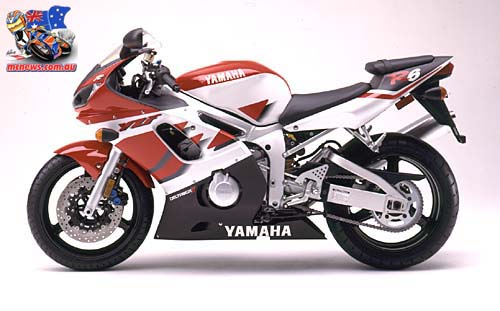
The really big news for 1999 was the all-new YZF-R6, usually only referred to as the R6. Not only was it lighter than any other 600 race replica, it also took Yamaha from the low end of rpm ceilings to the very pointy end – and by a very noticeable margin, too.
15,500rpm was the redline of the new engine, previously seen only on ultra-high-revving 400s and smaller machines. Yamaha claimed an astonishing 120hp from the R6, but this proved to be fairly optimistic as actual power was fairly close to that of the 110 hp (claimed) competition.
The R6 was mildly redone for 2001, but no major change was incorporated. Claimed power remained at 120hp and was just as wildly optimistic as it had been before. Overall performance was also similar to that of the original R6 introduced two years earlier.
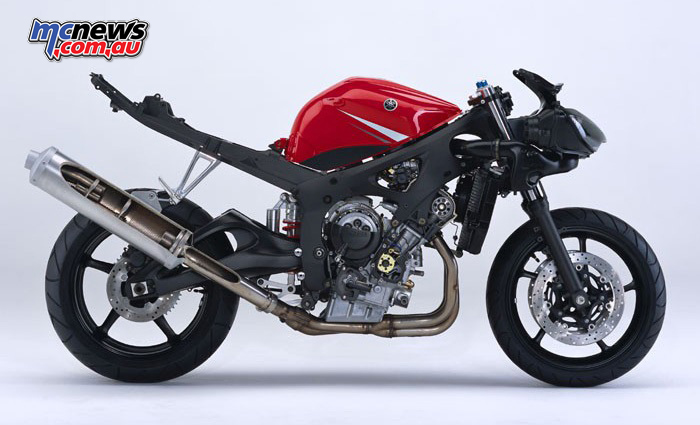
For 2003, Yamaha once more revamped their R6, this time also fitting it with an injection system similar in principle to that of the larger R1. Throttle response was said to be sublime from the 123hp (claimed) new motor, and a reworked chassis apparently improved handling.
Weight was down to a level where owners may start to look for anchor points so that their ride wouldn’t just float away, carried by the wind.
Two years on, and Yamaha once more decided to go thoroughly over their middleweight star, giving it significant chassis upgrades and some tweaking of the engine to improve overall performance.
Claimed power was reduced to the 1999 level of 120, but actual power was definitely significantly up compared to earlier editions. The chassis improvements also lead to a slight weight increase.
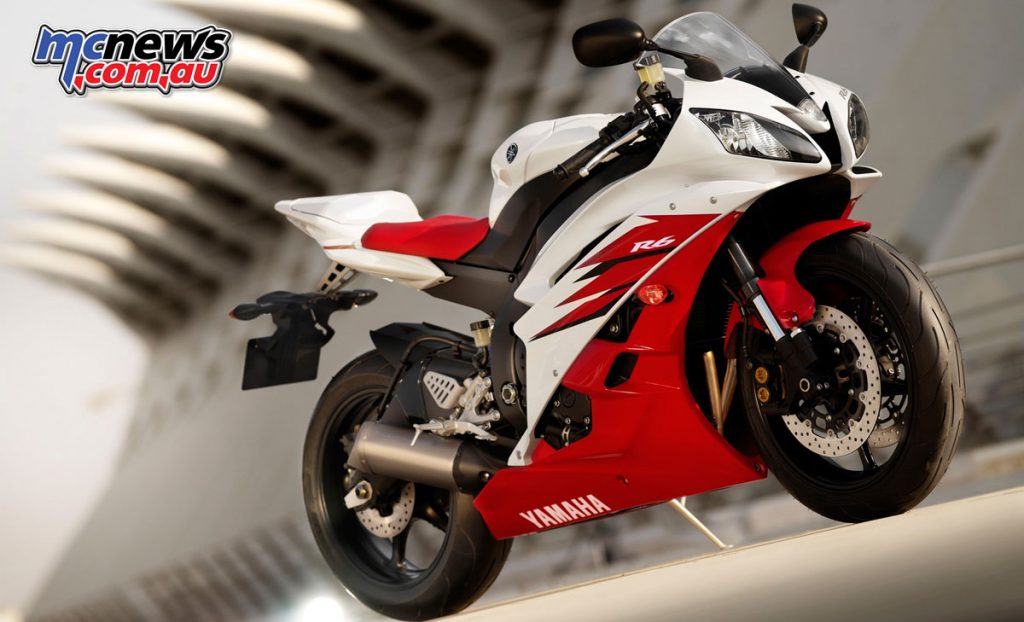
2006 proved to be the year when Yamaha were caught with their pants down, claiming their new R6 carried a 17,500 redline. Which it did. Sort of. On the face of the tachometer, at least.
But in reality, the limiter cut in at 16,000 rpm, by which time the needle was already buried into the red, indicating a lot more rpm than the engine was actually doing… To Yamaha’s credit, they did offer to buy back every single R6 from buyers who felt cheated, but there weren’t many takers, the R6 was simply too good.
Claimed power was up to a new class record of 127. The price every owner had to pay for this high-rpm power, however, was a serious lack of midrange. And no regards to creature comfort, it was the most extreme race replica to date, although 2007 promised to bring more of the same.
The bike featured the ‘fly by wire’ YCC-T throttle control system taken directly from Yamaha’s MotoGP experience, while a slipper clutch was standard equipment.
2008 heralded in an update, with revised styling, and Yamaha’s YCC-I (Yamaha Chip Controlled Intake), compression up to 13.1:1 and a magnesium sub-frame, with power claimed at 129hp.
The YCC-I system switches between a long and a short intake funnel length based on rpm and throttle opening, effectively utilising the different torque and power development curves of the two lengths to improve low- to mid-speed range and achieve a stronger power feeling in the high-speed range and a wider power band. Weight was also down 5kg on the previous model.
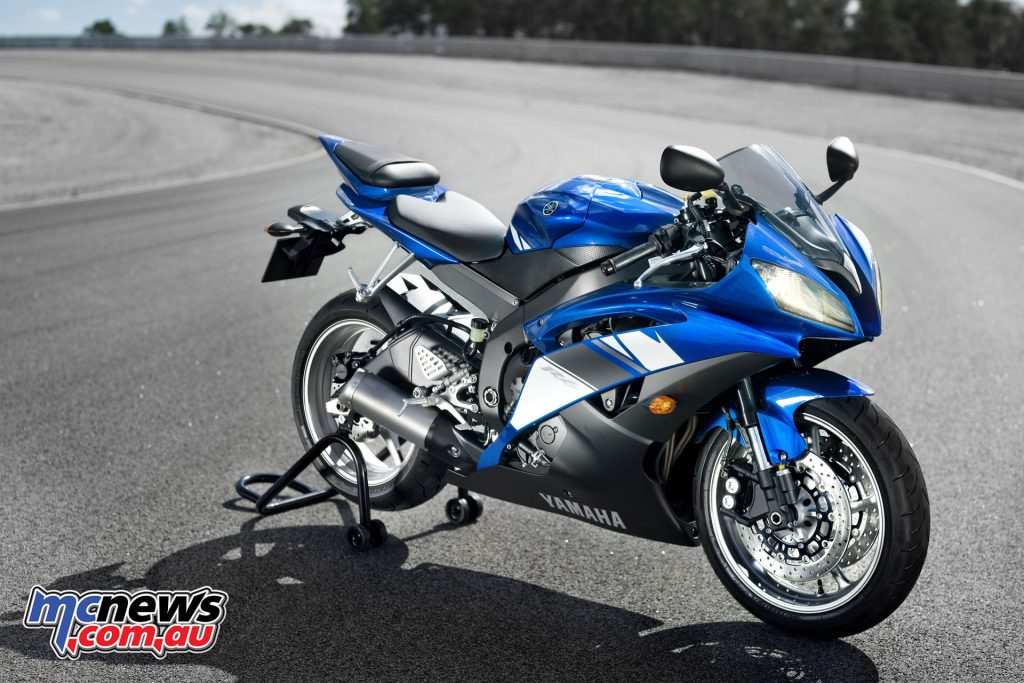
2010 in turn saw an attempt to boost mid-range performance, with power down to 124hp, while a longer exhaust was part of the parcel. This would be the machine available until 2016, with only colour scheme changes between years, with the 2016 60th Anniversary Edition sporting a very memorable limited edition paint scheme.
2017 represents a huge step forward however, with Yamaha obviously taking inspiration from the days of segment setting performance, releasing a heavily revised YZF-R6.
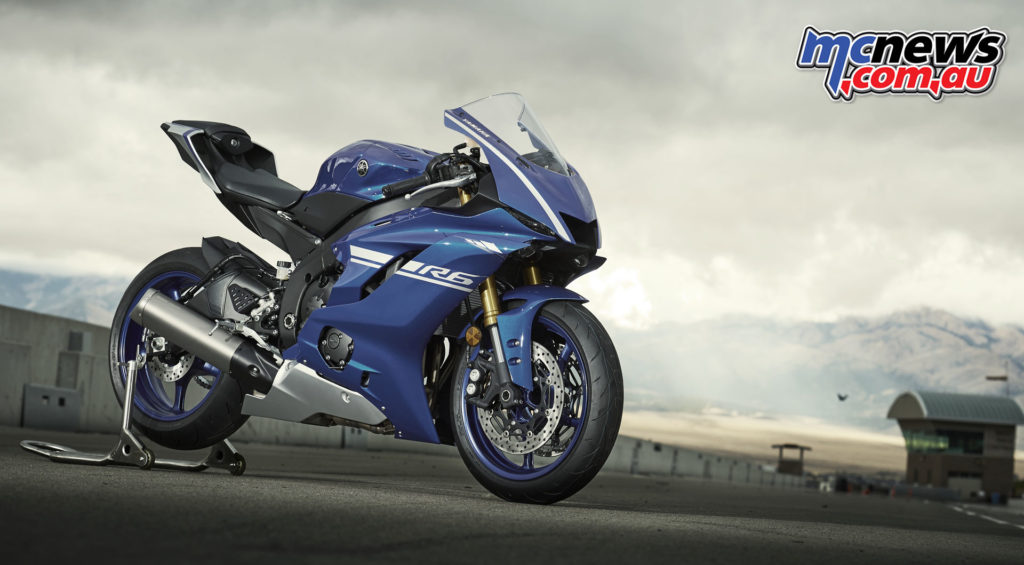
First up the 2017 YZF-R6 features styling closely modeled after the latest YZF-R1, including recessed LED twin headlights, low drag front fairing and LED indicators.
The existing YCC-T and YCC-I systems are also joined by D-Modes (rider modes) and an all-new six-level switchable traction control system, with a Quick Shift System also standard fitment. Forks are new 43mm items, with a KYB shock, while R1 type radial four-piston calipers are mated to 320mm rotors.
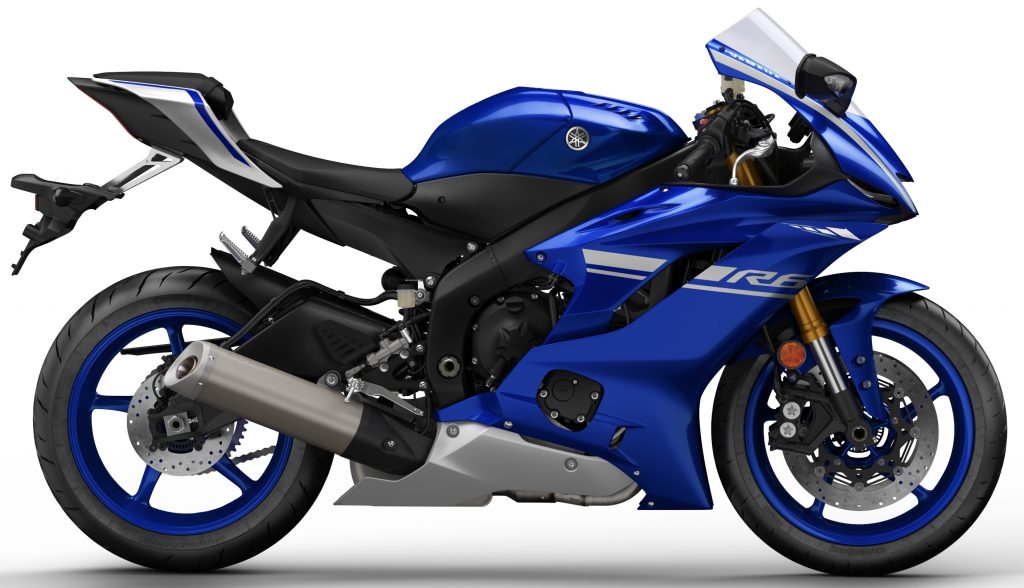
A light CF die-cast magnesium sub-frame is redesigned, along with the seat for easier tucking in, with a aluminium fuel tank used to save weight.
But let’s go back to that original 600 sportsbike. What would it feel like today? Depending upon your preferences, it would either be horrible or quite nice. If you are in love with the current race replicas, chances are you would hate it. The seating position of the old XJ is more upright and roomier than most sports tourers sold today, regardless of size, not to mention any sportsbike.
You would find yourself sat almost upright with a surprising amount of leg room, giving a comfortable stance for all-day touring for most riders. The seat is long and flat enough to accommodate a passenger in comfort behind the rider. The fairing offer decent wind protection for the rider’s torso, keeping off the worst chill and bug splatter.
The old XJ is highly user-friendly, starting with a wide powerband. Although the majority of its power is crowded above 7,000 rpm, it will pull from idle in top gear without protest and climb most hills without needing a downshift.
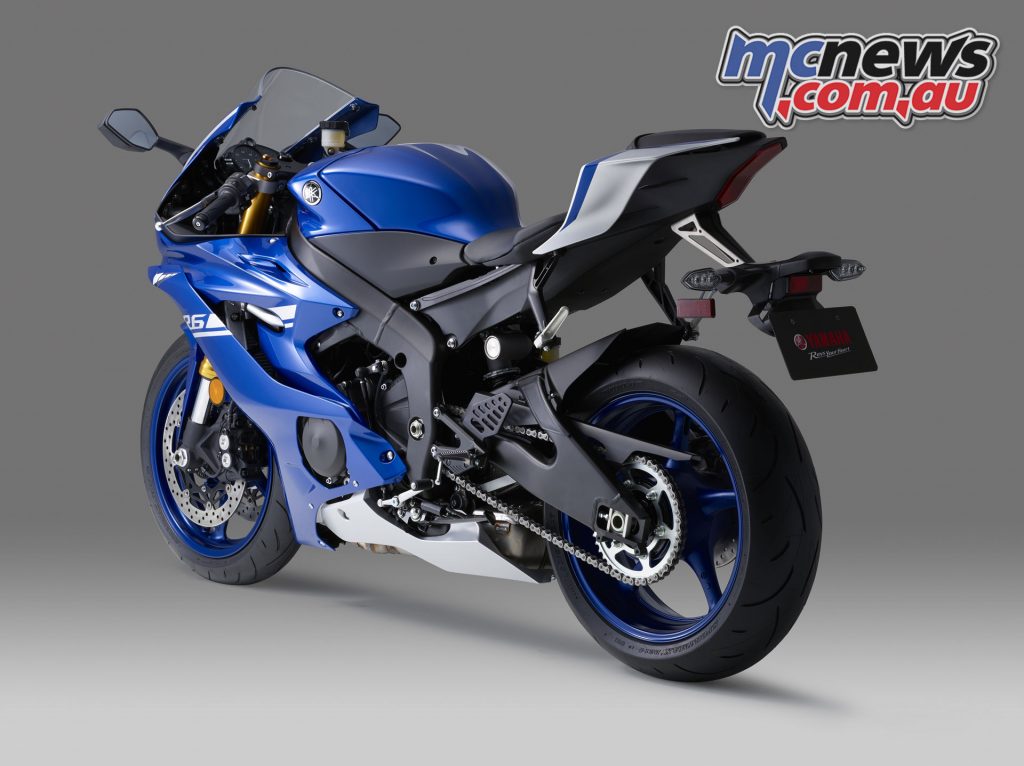
Acceleration isn’t exactly thrilling, but it will easily keep up with traffic, and a decent rider will not have problems keeping up with his mates as long as they stay within reason of the speed limits. Cornering clearance is pretty good, but if you are fast enough to drag the hero blobs on anything modern and sporting, you will be disappointed.
Maybe even scared if you just throw the bike down on its side at your normal pace around the first corner you encounter. Considering how narrow its tyres are, however, you probably wouldn’t want much more banking angle than what is achievable with the old girl.
The same narrow tyres also make steering highly accurate and nimble. You can place the wheels exactly where you want them, and the bike will follow any line you choose. Bumps, having little leverage to work with during cornering, won’t push it off line, either.
Unless you go fast enough and the bump is severe enough to twist the chassis and confuse the suspension. But even then, the bike is pretty friendly and forgiving. Provided it is in a good overall condition, it will never bite you. The amazingly sturdy engine and good overall build quality has the credentials to offer a long life, although suspension will most likely be a bit tired after all these years.
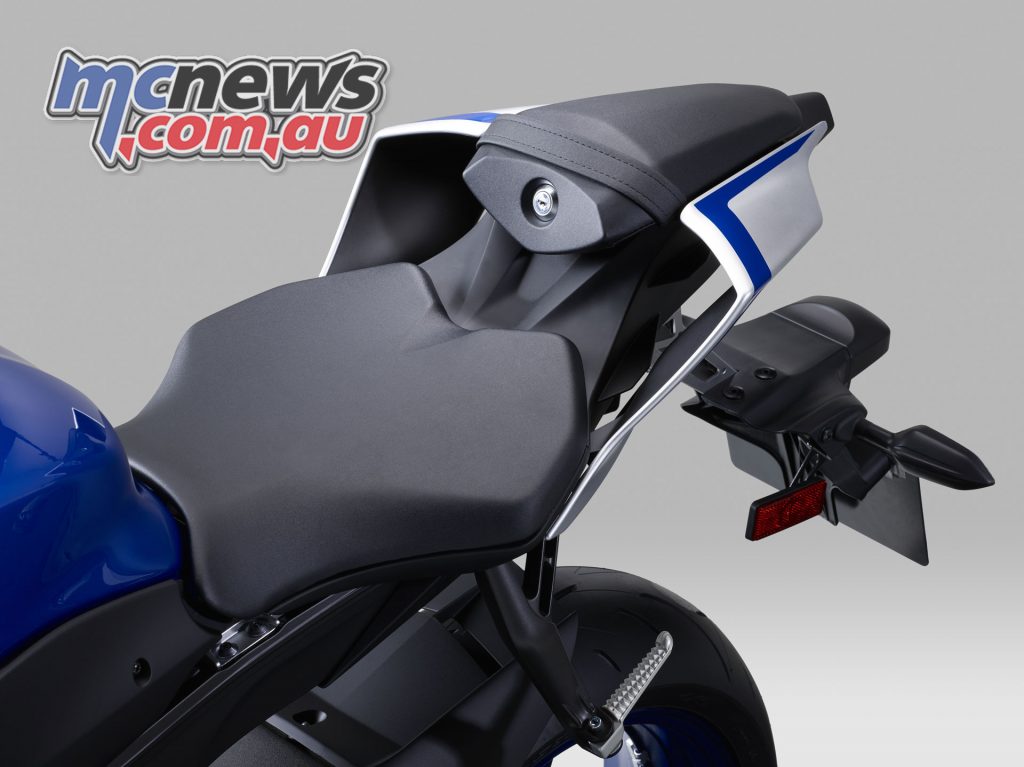
Comparing the XJ600 to a modern sportsbike doesn’t make any sense. It is from an era where bikes had just begun to specialise, and it shows itself in the form of a flexibility level not seen on today’s race replicas. You can fit it with hard luggage and a big tank bag and go touring, and it would do a great job in any given situation.
A pair of big Givis on a new R6, on the other hand, would look pretty daft. Besides, unless your spouse is into sadomasochism, riding pillion cross-country on said R6 wouldn’t be a very pleasant experience. The old XJ would cope much better.
Of the more recent motorcycles, the XJ600 compares very well with bikes like the Suzuki Bandit 600/650, Honda CBF600 and Hornet 600 as well as Kawasaki’s outgoing ER-6f. And it outperforms the XJ600S Diversion which was produced into 2004, in almost every respect by offering more power and at least equal handling and comfort.
Naturally, tyres, suspension and brakes have improved over the nearly quarter century since we first saw the original 600 sportsbike, but you would be surprised how contemporary it would feel next to the low-cost entry-bikes of today.
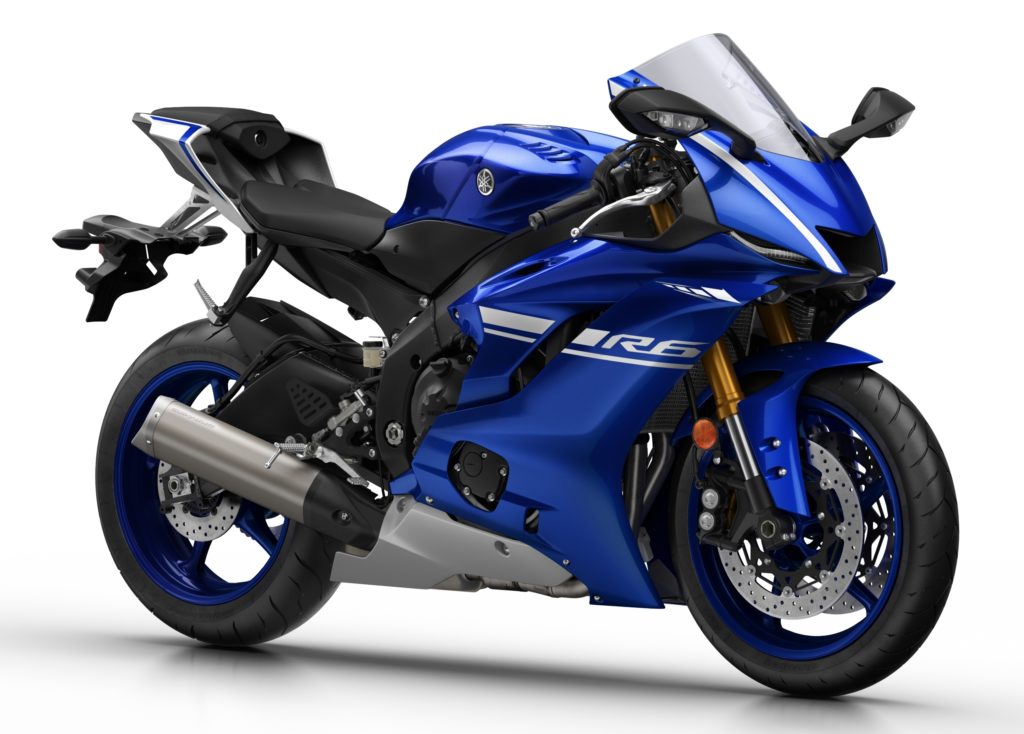
Provided, of course, you could get your hands on a bike that was in a near-new condition. Chances for that to happen is quite slim, however, and comparing a worn and abused machine to anything that’s new wouldn’t give a fair conclusion of what the relic could have been.
If you ever stumble over a well-kept XJ600 offered at a reasonable price, it would still serve as an excellent beginner bike, or commuter and occasional tourer. Throw a half-decent aftermarket shock at it, change the fork oil, fit a set of quality tyres, service the brakes, and you will have a bike that will give you a lot of pleasant and trouble-free kilometres.
It stops, it steers, it handles and it goes pretty well despite its age. Provided, of course, you haven’t been spoiled by current sport machines. In that case, chances are you would walk away less than impressed.
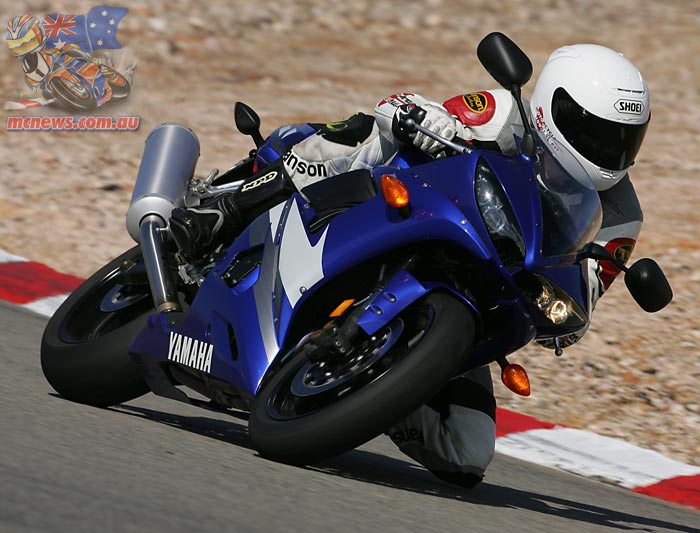
Yamaha model comparison:
Model – rwhp @ rpm – 1/4 mile @ km/h – Top Speed – Redline – Wet Weight – Roll on in top, 65-130km/h
- 1984 XJ – 60 @ 10,000 – 12.41 @ 173 – 204 – 10,500 – 212 – 10.1
- 1986 XJ – 57 @ 9,500 – 12.47 @ 173 – 205 – 10,500 – 202 – 9.8
- 1989 FZR – 74 @ 10,000 – 11.81 @ 184 – 230 – 11,500 – 212 – 9.0
- 1994 FZR – 85 @ 11,500 – 11.52 @ 191 – 230 – 13,000 – 212 – 9.1
- 1996 YZF – 87 @ 11,500 – 11.33 @ 194 – 241 – 13,000 – 219 – 8.3
- 1999 R6 – 95 @ 12,400 – 10.97 @ 205 – 257 – 15,500 – 195 – 8.8
- 2003 R6 – 101 @ 12,600 – 10.84 @ 206 – 251 – 15,500 – 188 – 8.2
- 2005 R6 – 108 @ 13,100 – 10.52 @ 210 – 264 – 15,500 – 191 – 7.8
- 2006 R6 – 110 @ 14,400 – 10.67 @ 210 – 256 – 17,500 – 191 – 9.8
NB: Performance figures are taken from Cycle, Cycle World and MOTORRAD























